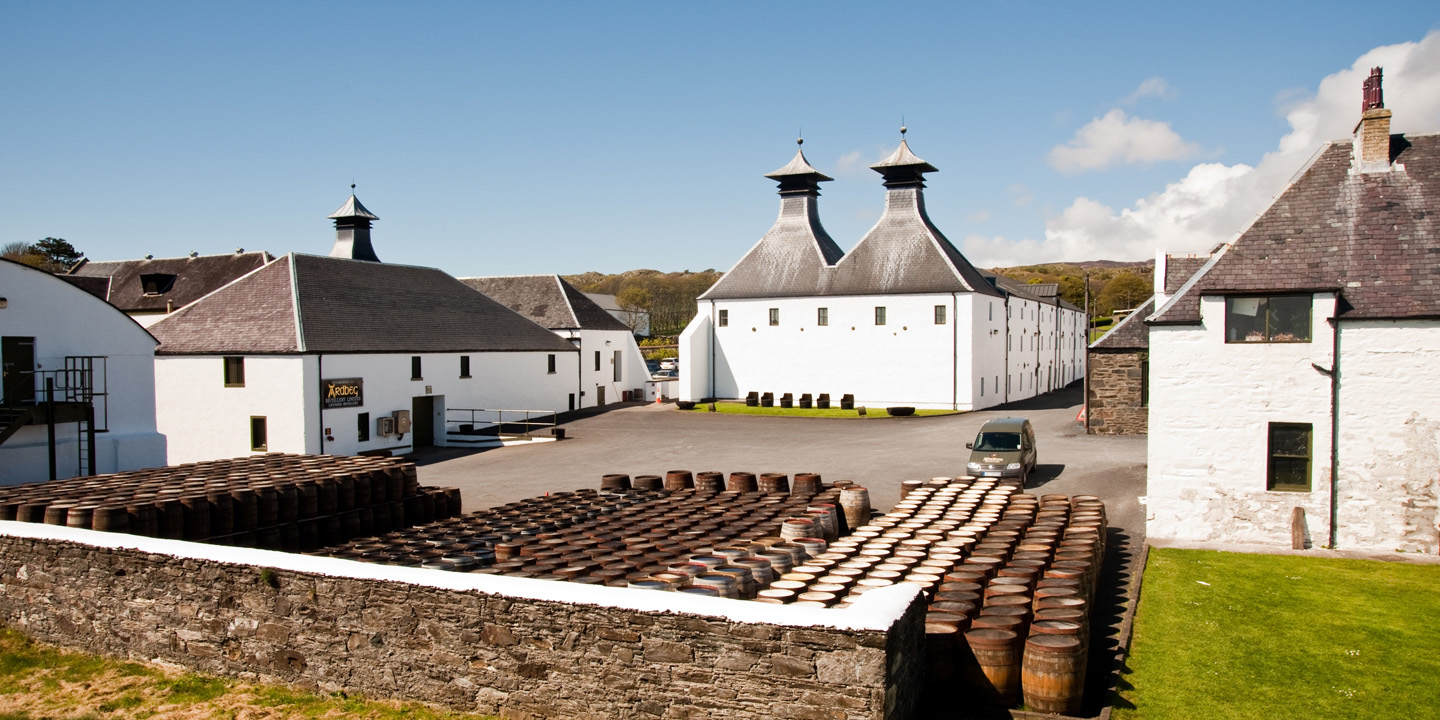How Regions Impact Whisky Maturation & Flavour
Campbeltown, Highlands, Islands, Islay, Learn Whisky, Lowlands, Speyside
Scotch whisky, as you are probably aware, is produced in Scotland. But through the years and with the impact of distilling, taxation systems, and old rules, Scotch whisky has been broken-down and grouped by the different whisky regions in the country. There are six whisky regions in Scotland today, some continuing from the days when whisky was first distilled while others have won a position in the region list due to the sheer number of distilleries and different flavour attributes they offer.
The regions are:
- The Highlands
- Islay
- The Lowlands
- Campbeltown
- Speyside – Added due to fact that half countries distilleries are found here.
- Islands – Considered as a sub-division of the Highlands.
Speyside came to be recognize as a whisky region as half of the country’s distilleries can be found there. The Islands as accepted as a sub-division of the Highlands and include the whisky producing islands in Scotland that aren’t in the Islay region.
While tradition and old regulations may not be of great interest to everyone, what makes the different whisky regions of Scotland so important is the impact they have on the flavour. The climate and location add distinct flavours to the whisky, which often means that if you like a certain Islay whisky, for example, you’ll most likely like other Islay whiskies.
There are of course exceptions and as every distillery uses different methods of distilling only some base flavour characteristics will be similar in whiskies of the same region. At the end of the day, what makes each and every single malt whisky unique is the equipment and methods each distillery uses. Nonetheless, knowing the different whisky regions of Scotland and their expected flavour attributes will help you zero in on the type of whisky you love the most!
Highlands
The highlands are, geographically, the largest whisky region in Scotland and home to some of the most famous distilleries in the world. As the largest whisky producing region the variation of flavours and styles found here are also the most versatile.
The distilleries in the Western Highlands are fewer, and the malts there are less peaty and sweeter. The whiskies produced here are described as sweet with the common Highland drying finish.
North Highland whiskies, influenced by the coast and soil, tend to be light-bodied with a spicy sometimes salty character and Central Highland whiskies are known to be sweeter.
Southern Highland whiskies offer fruity flavours.
As you can see, quite the diverse region!
Speyside
Despite its small size Speyside is home to around half of Scotland’s malt whisky distilleries, including known producers like Glenfiddich, Glenlivet, and The Macallan. Speyside whiskies are typically characterized as the sweetest of scotch whiskies and most complex. Fruit flavours and sweet aromas are common, while with age Speyside whiskies often turn rich and heavy, delivering dried fruit flavours and spicy notes. Some give off a hint of peat, although the smokiness is never more present than the sweetness.
Lowlands
The Lowlands region is located in the southernmost part of Scotland. The terrain is flat with endless fields and no mountains, terrain which is ideal for growing grains for whisky.
The malt produced here often ends up in blends, but there are still some single-malt distilleries in the region which produce some excellent single-malt whisky. The soft landscape of the Lowlands is mirrored in the light colour and body of its single malts. The whiskies from this region are typically dry, fresh and light, with floral notes and fragrances.
Campbeltown
Campbeltown, on the West Coast of Scotland, was once home to over thirty distilleries. Today there are only three remaining distilleries producing whisky in the region.
The whiskies produced in Campbeltown are known to be full bodies and very distinctive, often delivering a salty finish. Some of the whiskies are also quite peaty, similar to Islay malts.
Islay
The island of Islay is home to many great distilleries and many believe the whisky produced there is affected by the sea, wind and rain. The surface of the island is flat and a large percentage of the land consists of peat, which gives the Islay whiskies their unique peaty (smoky) character.
Islay whiskies are considered the strongest flavoured of all single-malts, known to be dry and smoky and bursting with flavour. The impact of the sea can be found in the flavour of the whisky, with salty, maritime flavours often present.
The Islands
The Islands region is not an official region on its own, but instead a sub-division of the Highlands. The region comprises of the whisky producing Scottish isles, including Jura, Skye, Arran, Orkney, Lewis and Mull. Due to the location of the isles, the whiskies produced here share the maritime feel of Islay whiskies, but are much less peaty and sweeter.



